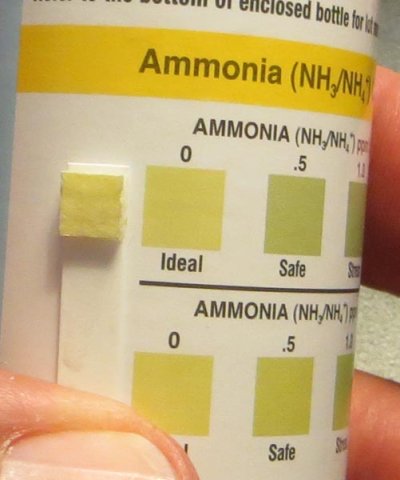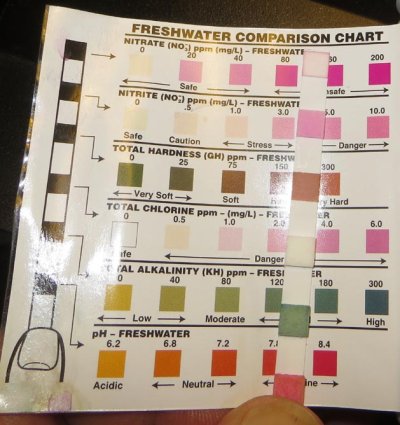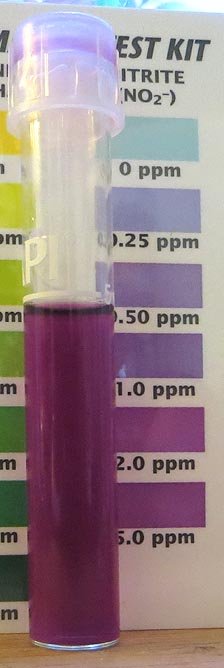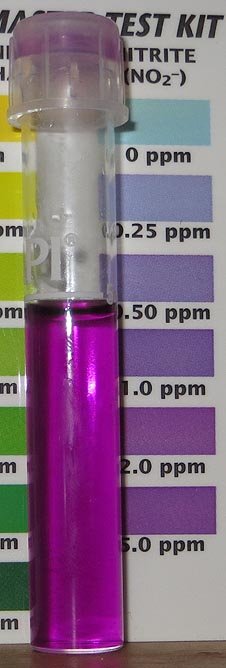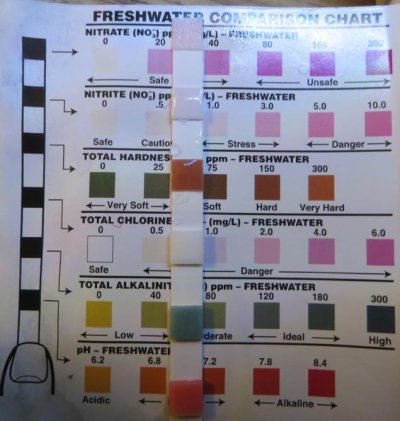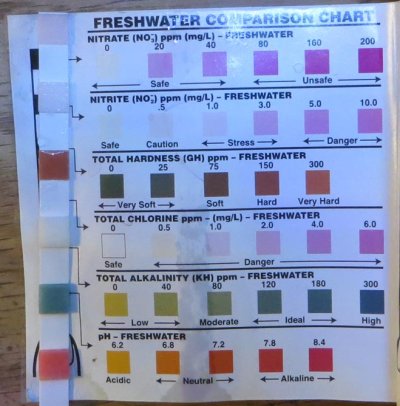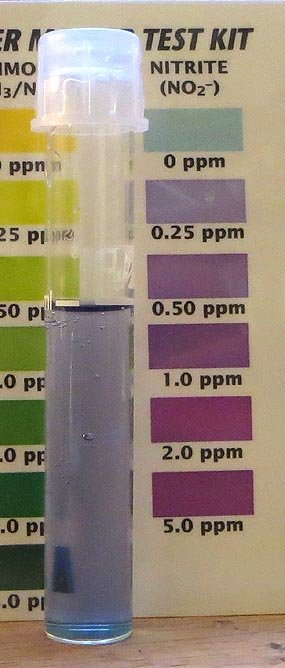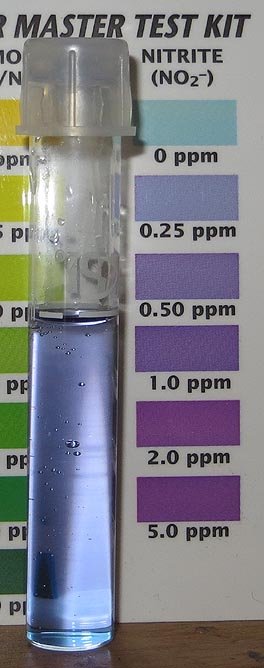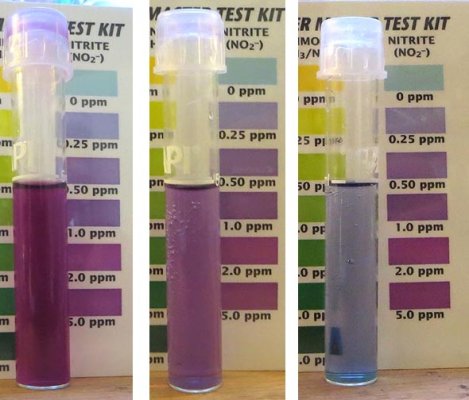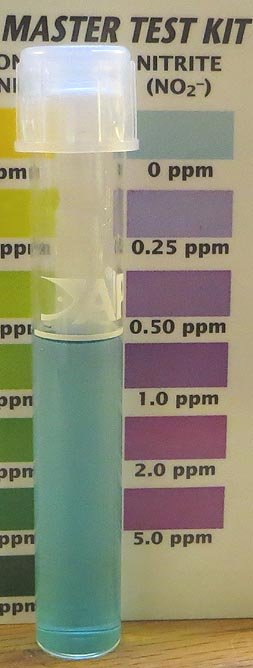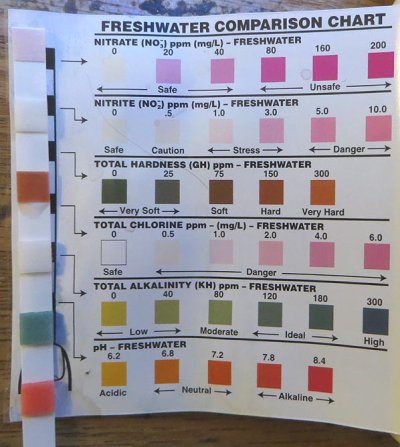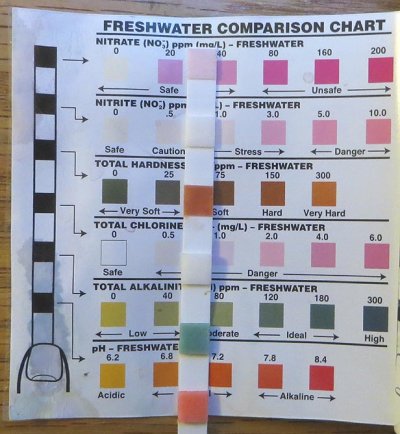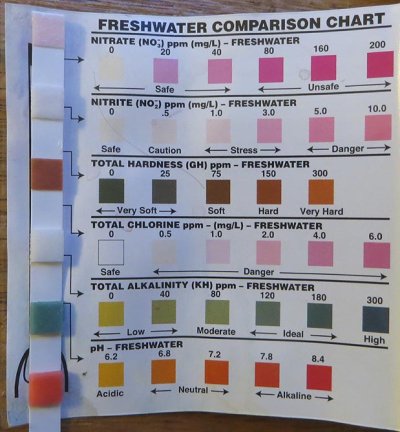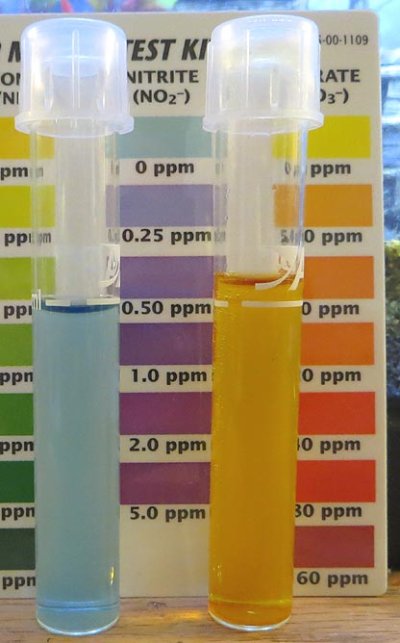qquake2k
Aquarium Advice Apprentice
- Joined
- May 1, 2009
- Messages
- 24
I have a 16 gallon freshwater aquarium that I set up on June 6. I'm currently running an AC50 HOB filter, and a Fluval 206 canister filter on it. I have Nitra-Zorb in both filters. I put the coarse foam from an Eheim Liberty 200 HOB filter in the Fluval to help seed it. The Fluval has been running for a little over a week. I've been seeding with Stability. The nitrites have been high for a few weeks now. I'm using test strips, and I recently got an API master test kit just to make sure. I've been doing weekly 50% water changes, but it doesn't seem to be helping. In the last two weeks, I've lost a red wag platy, a black molly, a cory, and two plecos. I'm down to one red wag platy, one black molly, and one cory. The fish that are left seem very healthy and active. I don't think I'm over feeding. Any ideas?

